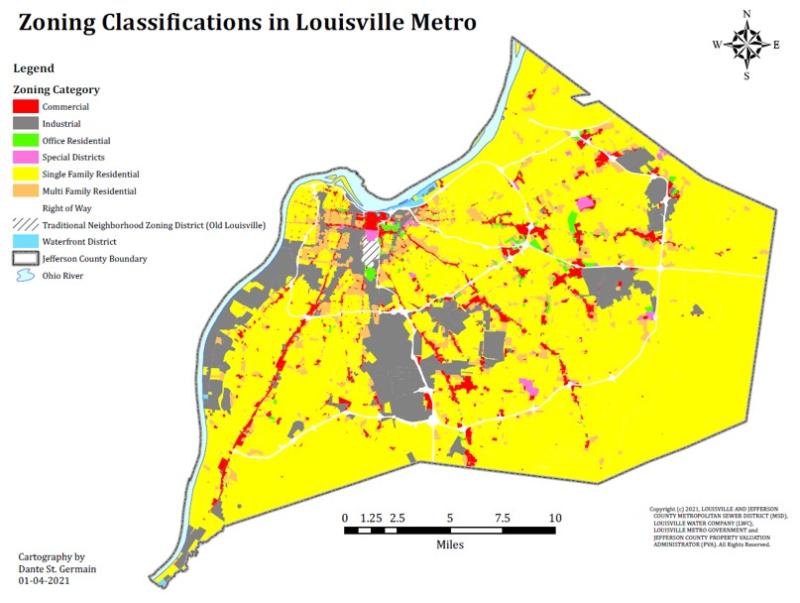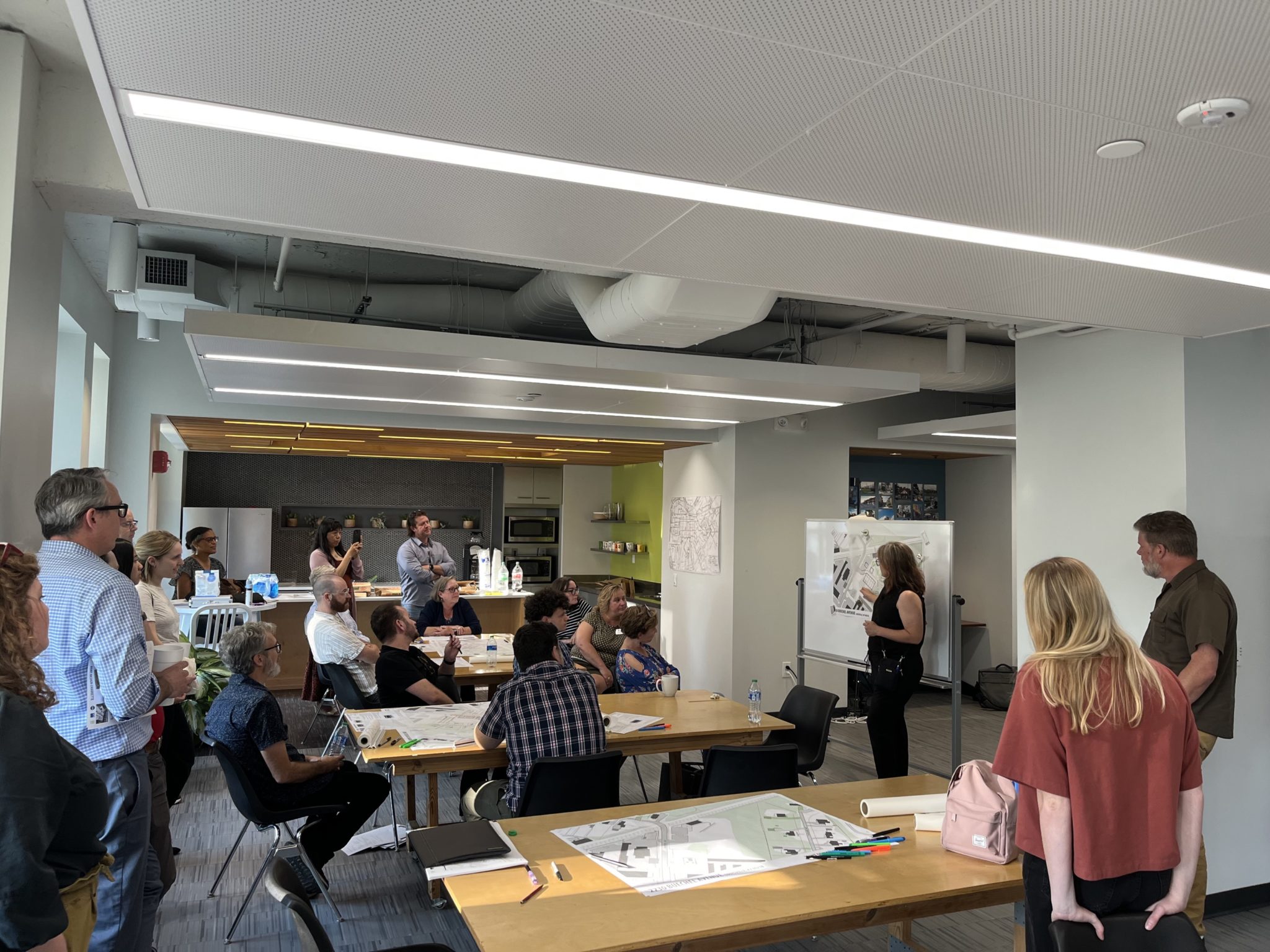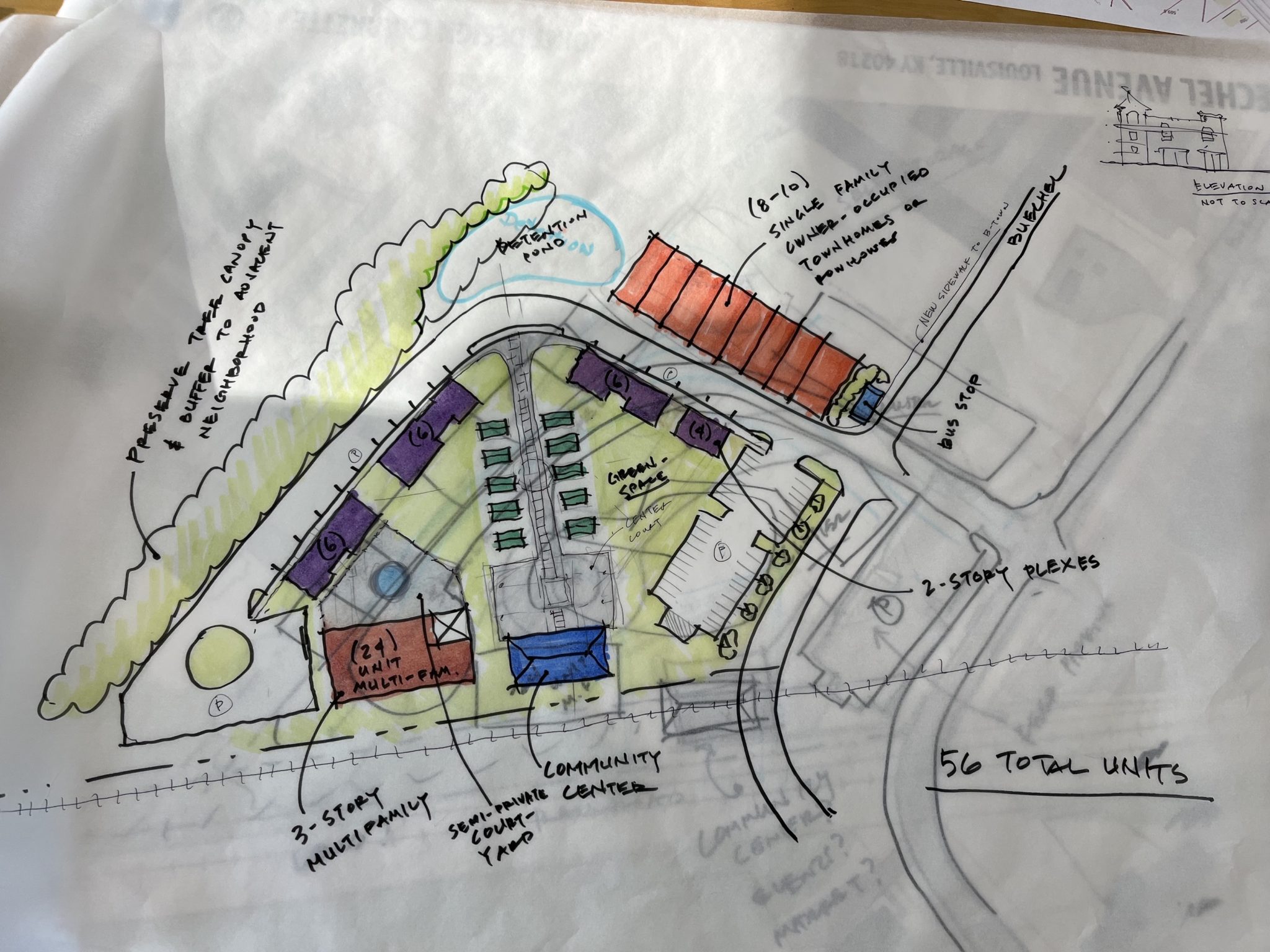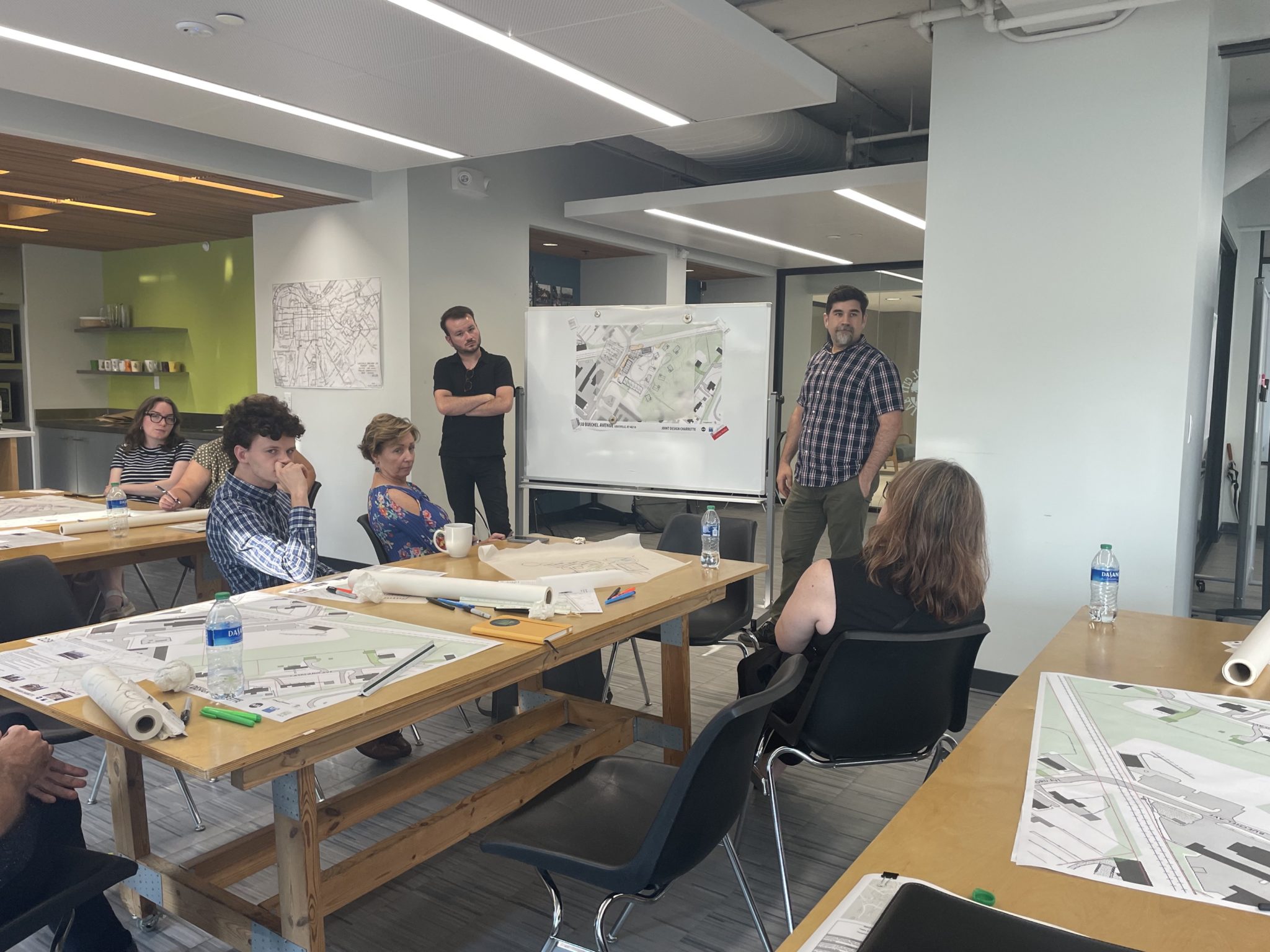How Missing Middle Housing Provides Solutions for Everyone
Homeownership is increasingly harder to achieve with the continuously rising interest rates in our post-covid world. Whether you’re looking to buy your first home or upgrade to something larger, housing affordability is impacting millions. That’s where middle housing steps in and provides a solution for a lot of people.
Young couples who are saving to buy their first home might choose to live in a townhouse until they can afford to buy. Retired couples who are looking to downsize can move into a duplex just a few miles away from the home they’ve lived in for the last 20 years. It’s likely that you’ve even lived in a middle housing unit at some point or know someone who currently lives in one.
The problem is that middle housing is largely missing in Louisville, as it is in many cities. The Missing Middle Housing Movement has an ambitious goal of bringing middle housing into communities and we are proud to be a part of it at Mindel Scott.
What is Missing Middle Housing?
In the most concise description, middle housing is “house-scale buildings with multiple units in walkable neighborhoods” according to Missing Middle Housing. These neighborhoods provide safe, affordable housing for a diverse group of people.
A cornerstone of middle housing is walkability. Before detached single-family suburban homes became the ideal in the mid-1940s, neighborhoods grew up around amenities like grocery stores and other retail places as well as public transportation. The ideal modern missing middle housing neighborhood reflects these same ideals of a walkable, urban neighborhood.
Types of middle housing include multiple styles of homes like duplexes, fourplexes, townhouses, and live-work spaces clustered in the same area as detached single-family homes. They blend in seamlessly and contribute to economic growth and housing affordability by offering different sized units for a variety of needs. There might even be some middle units in your own neighborhood. It’s common to see a single-family home that’s two or more units.
There will always be a need for diverse housing options that reflect the stages of life and preferences people have. The desire to live in a walkable, urban neighborhoods is growing and missing middle housing is needed to meet the demand.
Missing Middle Housing in Louisville, KY
One of the biggest barriers to creating more missing middle housing is single-family zoning. While most of Louisville is zoned for single-family housing, the city’s comprehensive plan (Plan 2040) addresses how to add more missing middle housing over the next 15 years.

While there’s a great need for more middle housing, there are many neighborhoods in Louisville that have such units. There are duplexes, townhouses, and even single-family homes that have multiple units throughout many neighborhoods in Louisville.
Old Louisville is an excellent example of middle housing in Louisville. Many, if not most, of the houses in Old Louisville are multiple units but they all blend in seamlessly. There are restaurants and parks within walking distance and access to public transportation is abundant.
Many cities have planning and regulatory barriers that make middle housing harder to implement but we are doing what we can to help create diverse and affordable housing options in Louisville, Ky.
How Mindel Scott Supports Missing Middle Housing
We were recently a part of a multidisciplinary design charette to discuss and sketch out designs to provide missing middle housing in Louisville. It was hosted by Louisville Metro Planning & Design Services, American Society of Landscape Architects, American Planning Association and the American Institute of Architects. We are grateful to have the opportunity to participate in events like this one and wholeheartedly support efforts to create middle housing that will help shape Louisville into an even more beautiful community
Check out pictures below of some of the ideas that were captured. To learn more about our services and how we can help move your projects forward, contact us.





